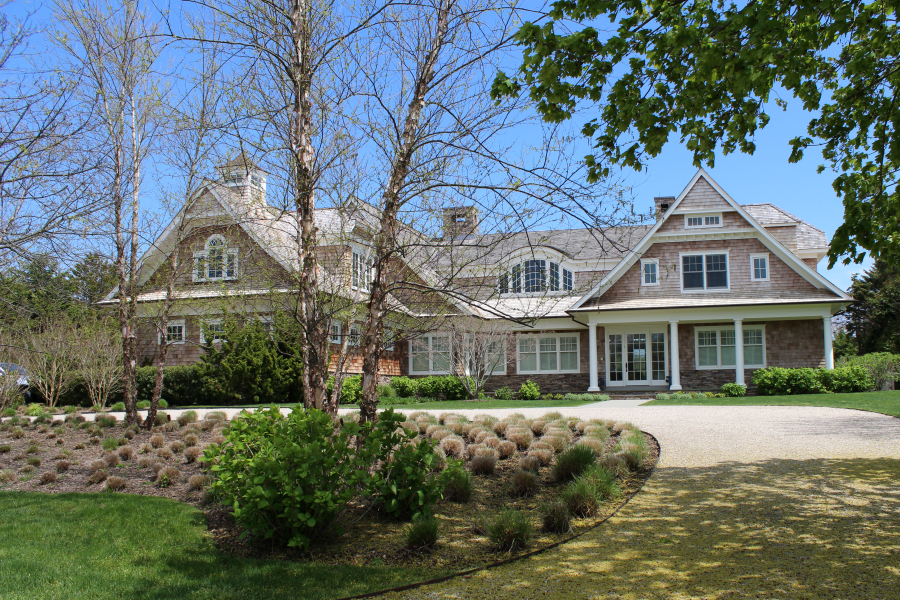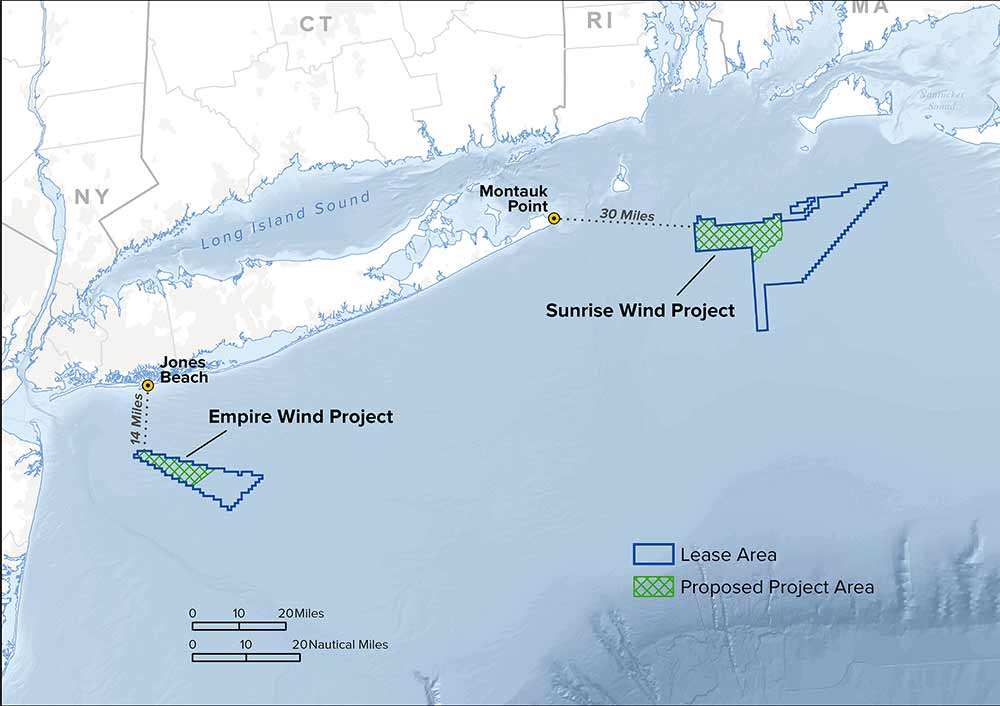Real Estate Road Trip: Taking an Architectural Tour of the Hamptons

One of the true joys of the East End is its architecture, particularly as many of the highlights of summer take place in and around memorable East End structures. The rich visual diversity of history and design in the Hamptons has something for everyone—from Southampton’s Halsey House of 1660 to the new Parrish Art Museum.

Starting your drive in Quogue, head down Main Street past a church designed by Stanford White, going toward the historic Quogue Field Club and the Shinnecock Yacht Club of 1887. This historic area has many fine examples of turn-of-the-century summer-colony architecture. Then head east down Dune Road. This narrow strip of barrier land, up to Tiana Beach, has some of the most eclectic architecture you will find on the East End. All these homes share the commonality of being designed for beach living. Dune Road offers everything from the shingle-style homes of the 1880s to the postmodern homes of the ’60s and the modern steel-and-glass structures of 2014.
Next, it’s off to Southampton Village for a jaunt down Gin Lane. This street is filled with the homes of the old and new world titans of industry. The privet-lined street is comfortable with the juxtaposition of traditional gables and ultra-clean lines of modernism. There are few streets in the Hamptons where you can experience sights like the storied shingled gables of the Meadow Club and St. Andrew’s Dune Church, then turn the corner and walk past work by famous East End architect Norman Jaffe on your way past stunning modern masterpieces like Calvin Klein’s house.

Arriving in Bridgehampton, take a right at the monument and head down Ocean Road, passing the colonial architecture at the square and the new Topping Rose House. First head south to the ocean, past Sam’s Creek. The last street on the left is called Surfside Drive. Head east. This tiny little street has the entire field guide to American architecture built on it. You start with shingle-style architecture and progress to everything from adobe-style architecture of the Southwest to one of the finest examples of Frank Lloyd Wright–inspired design on the East End.
Turn around and head north to the storied village of Sag Harbor, where you will find homes of the great whaling captains dating back to the 1700s. This corridor leads to the main thoroughfare of historic buildings on Main Street. Go down to the Long Wharf and make a right past the renovations on the old Bulova Watchcase Factory. Make sure to stop by the Old Whalers’ Church before heading back south.
The next village is Sagaponack, and a trip down Daniels Lane should not be missed. Heading east, you will pass original summer cottages, shingle-style homes, contemporary architecture and hopefully a glimpse at one of the largest homes in America—the Rennert estate can best be seen getting out of the car and taking a stroll down to Peter’s Pond Beach.
In the village of East Hampton, don’t miss the beautiful design of the Jewish Center of the Hamptons. At the duck pond, make a right toward Main Beach, and then enjoy the estate section as you take a right onto Lilly Pond Lane. This area is home to some of the finest examples of East End architecture from every decade.
After brief stops along Lily Pond Lane and Lee Avenue, head east again and look for Further Lane. Past the windmill behind the duck pond, Dunemere Lane, with its numerous summer-colony homes from the Gilded Age, will lead you onto Further Lane and past the storied Maidstone Golf Clubhouse.
Wind down the trip by heading toward Amagansett on Bluff Road. You will pass the community of Beach Hampton, which boasts the wild architecture of the ’50s and ’60s. Try to take note of perhaps the most iconic symbol of postmodern architecture of the 1960s—the home that famed architect Charles Gwathmey built for his parents. The house was extensively published, and the angular structure catapulted Gwathmey into worldwide acclaim.
Finish the tour by heading down the Napeague Stretch and out onto Old Montauk Highway. This windy, hilly, old cow path of a road holds architectural treasures that are best discovered from a slow-moving vehicle. View Carl Fisher’s Montauk Manor on your way out to Ditch Plains and the Montauk Association homes of 1881.
End this fantastic journey in the shadow of the Montauk Lighthouse, which was commissioned by President George Washington back in 1792 and first lighted in 1797.
Enjoy the ride!
John Laffey is an architect in Water Mill. Visit johnlaffeyarchitects.com for additional information.



